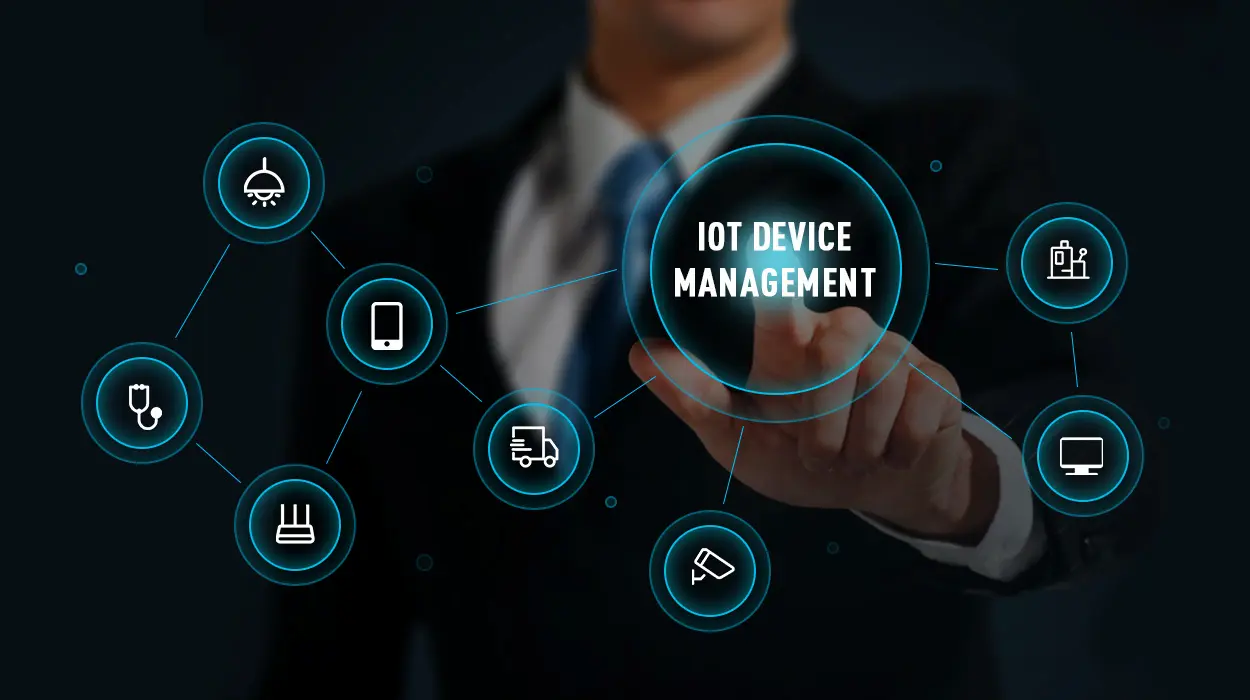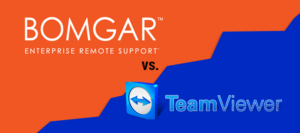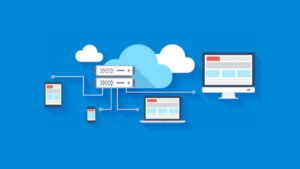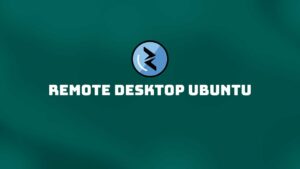In the interconnected age of the Internet of Things (IoT), the ability to manage remote devices is no longer a luxury but a necessity. “Manage Remote IoT” delves into the complex world of controlling, monitoring, and maintaining IoT devices. These devices are spread across different geographical locations. IoT is revolutionizing how we interact with technology, from smart homes to industrial automation.
This article will provide insight into the strategies, tools, and best practices that can be employed to manage these remote devices efficiently. Whether you are a seasoned professional or new to the world of IoT, this article will guide you through the challenges and opportunities that remote IoT management presents. It comprehensively examines one of our time’s most significant technological advancements.
Manage Remote IoT: An Overview
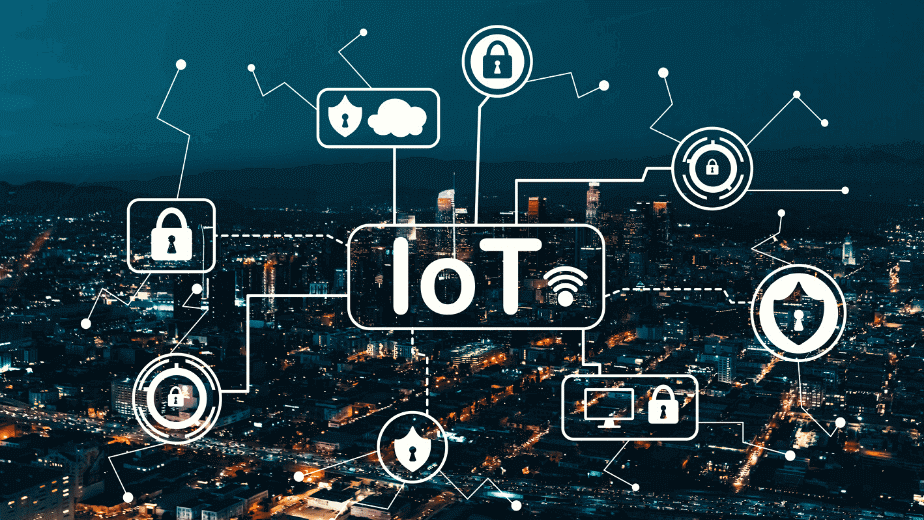
Remote IoT management refers to the processes involved in managing, controlling, and monitoring IoT devices remotely over the Internet. In today’s world, IoT technology has revolutionized how we live and interact with our environments. With the growing number of IoT devices, it is essential to have a reliable and efficient system in place to manage them.
To begin with, setting up manage remote IoT involves initial device registration and grouping. This process includes connecting the IoT solution to the device and registering it. You can either write a single device or multiple devices at once. Once noted, the machines can be grouped into specific groups to streamline the manage remote IoT process. This lets you simultaneously send commands to different devices, making your network more efficient.
What are the Purposes To Manage IoT Device?
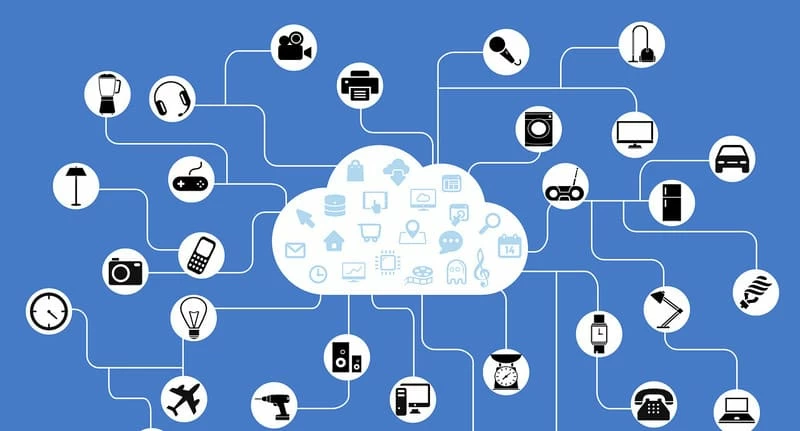
IoT device management is essential for ensuring the smooth functioning of your connected devices and maintaining control over the sprawling network of devices in use. To put it simply, the purposes of manage remote IoT can be broken down into the following aspects:
1. Provisioning and Onboarding
The first crucial step in manage IoT device is equipping and onboarding them. Provisioning involves setting up each device with the necessary software, parameters, and access information. Onboarding helps integrate these devices into your IoT ecosystem, ensuring they can connect and communicate with other devices. In a friendly way, it’s like welcoming a new team member to your team and providing them with everything they need.
2. Authentication
As a part of manage IoT device, authentication ensures that only authorized devices can connect and interact with your network. This security aspect is crucial in protecting your system from intruders and hackers. By adequately managing authentication, you are ensuring the safety and integrity of your IoT ecosystem. You can manage your iPhone remotely; hence, you can let your IoT device work remotely as well.
3. Configuration
Configuration management becomes essential with numerous IoT devices in your network, each with unique settings and requirements. This manage IoT device process entails changing device settings, updating firmware, or modifying parameters as needed. Proper configuration management allows you to optimize the performance of your devices while maintaining compatibility.
4. Monitoring and Maintenance
Keeping an eye on your IoT devices and their performance is crucial to device management. Monitoring helps you detect issues, assess the overall health of your network and devices, and track key metrics. Maintenance, however, deals with resolving issues or updating devices to ensure they continue to operate effectively and efficiently.
5. Diagnostics and Generating Status Alerts
Sometimes, problems arise, and devices may not function as expected. Diagnostics help you identify and resolve these issues by providing detailed information. Generating status alerts gives you a head-up when cases are detected so you can promptly address any problems and maintain a smooth operation.
6. Control
Finally, Manage IoT device lets you control your devices and network remotely. You can execute many remote actions, from starting or stopping device functions to updating software, managing access permissions, and resetting devices.
Challenges of Managing IoT Devices Remotely
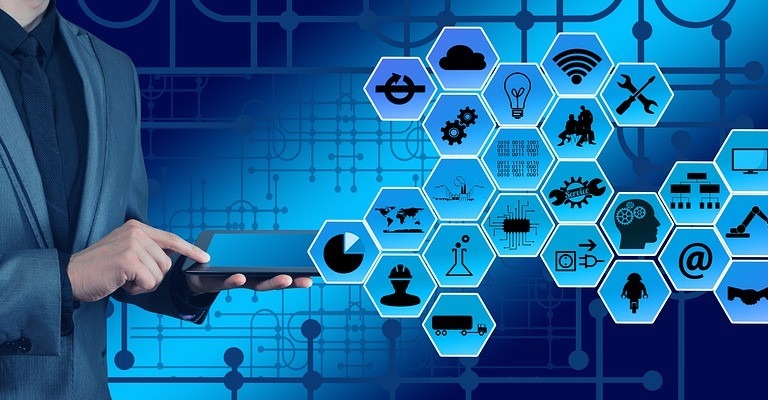
Managing IoT devices remotely can bring numerous benefits to your business, but it also comes with its fair share of challenges. This section’ll discuss some of the most common issues you may face. However, by being aware of these potential pitfalls and adopting appropriate solutions to address them, you can significantly enhance the efficiency and security of your remote IoT management system.
1. Cyberattacks
One of the significant challenges in managing IoT devices remotely is ensuring strong security. With more devices connected to the internet, the attack surface for potential hackers grows larger. Implementing robust security measures to protect your devices, networks, and data from unauthorized access and malicious activities is essential.
2. Power Management
Another challenge is dealing with the various power management requirements of IoT devices. Some devices use electrical power in hard-to-reach locations, while others rely on batteries in remote areas. Balancing power consumption and battery life for these devices can be complex, especially as the number of IoT devices grows.
3. Network Stability
Network reliability can also pose a challenge in remote IoT device management. Ensuring a stable and reliable network connection is crucial for proper functioning and smooth communication between your IoT devices. Frequent connection issues or unstable network performance, particularly in remote locations, can hinder your ability to monitor and manage your appliances effectively.
Manage IoT Device Platform: Advantages
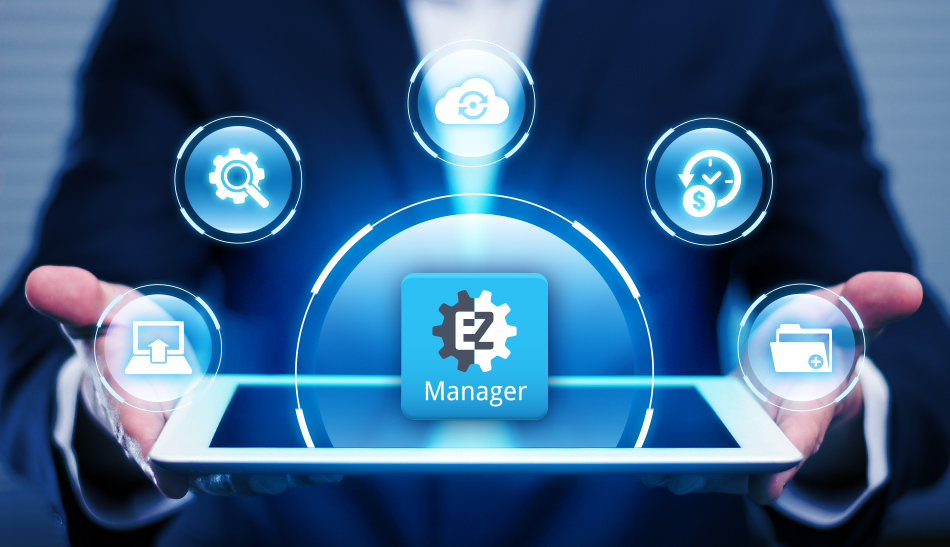
IoT device management platforms offer numerous benefits to help you harness the full potential of connected devices while ensuring security, privacy, and efficiency. In this section, we will discuss some of the key advantages of these platforms.
1. Reduces Security Risks
One significant advantage of IoT device management platforms is their enhanced security. With the increasing number of connected devices, securing each device and protecting sensitive data from potential breaches becomes paramount. These platforms employ advanced encryption methods, authentication mechanisms, and access controls to ensure your IoT ecosystem. You can effectively safeguard your devices and their valuable data using and to manage remote IoT device management platforms.
2. Privacy
Privacy is another critical aspect when it comes to IoT devices. IoT device management platforms help maintain user privacy by securing personal data and ensuring access to this information is appropriately restricted. By implementing robust cybersecurity measures, these platforms protect sensitive information from unauthorized users and potential hackers, thus ensuring that your privacy remains intact.
3. Ability To Simplify and Automate processes
One of the essential features of an IoT device management platform is its ability to simplify and automate processes. Managing a vast network of devices can be tedious and time-consuming, especially regarding tasks like firmware updates, device provisioning, and performance monitoring. With IoT device management platforms, you can efficiently manage many devices remotely, avoiding the need for physical proximity. This saves time, significantly reduces operational costs, and minimizes the risk of human error.
4. Monitoring Capabilities
IoT device management platforms provide real-time alerts and remote monitoring capabilities, which are vital for effectively manage remote IoT devices. This feature lets you quickly identify and address potential issues, decreasing downtime and maintaining optimal performance across your IoT ecosystem. Real-time monitoring ensures that your devices are always up-to-date and functioning as intended, resulting in a more efficient and reliable IoT network.
Tools for Managing IoT Devices
In the vast world of IoT, to manage remote IoT requires efficient and user-friendly tools. This section will discuss some essential software and platforms enabling you to manage remote IoT devices effectively. These platforms help users with the provisioning and authentication of IoT devices, remote configuration, data collection and reporting, real-time monitoring, and over-the-air (OTA) software deployments. You can check our list of remote IoT devices.
1. IoT Hub
IoT Hub is another notable and widely-used platform for IoT device management. Microsoft Azure IoT Hub provides various integrated services, including device registration, provisioning, deployment, updates, and key management. You can easily manage many devices in your IoT network by leveraging Azure IoT Hub’s scalability and reliability.
2. IBM Watson IoT Platform
For a more comprehensive solution, the IBM Watson IoT platform offers cloud-based IoT management with features such as device connectivity, control, configuration management, and analytics visualization. Real-time analytics and blockchain services are among the core features of this platform, making it a popular choice for teams seeking robust, secure IoT management capabilities.
Frequently Asked Questions
Q1. How can I monitor IoT devices remotely?
Monitoring your IoT devices remotely is crucial to managing an efficient IoT ecosystem. First, ensure that your IoT devices are connected to a reliable network, allowing for seamless data transmission. Next, employ tools that provide real-time analytics, alerts, and status updates on device performance. Azure IoT and IBM Watson IoT platforms are such IoT management platforms.
Q2. Which IoT products support remote management?
Nowadays, many IoT products come with built-in remote management capabilities. You are making it easier for you to manage your IoT infrastructure. Look for products that support secure device connectivity and offer various management tools. It includes control, configuration, and real-time analytics. For example, the IBM Watson IoT platform is an excellent choice for an IoT solution. Similarly, Azure IoT.
Q3. How does IoT network management work?
The process begins with ensuring your IoT devices are connected to a reliable network. Next, you’ll need to expand your IoT infrastructure and invest in remote management tools to oversee the devices. Platforms like Azure IoT or IBM Watson IoT can be helpful. They provide real-time analytics, device control, and configuration management features.
Q4. What software can I use for managing remote IoT devices?
Some popular choices include the IBM Watson IoT platform, which offers a cloud-based solution. Other options are Azure portal, PowerShell, and ARM templates. These manage remote IoT device platforms aim to manage remote IoT devices seamlessly, ensuring your IoT network operates efficiently and securely.
Conclusion
To sum up, manage remote iot devices is critical to ensuring their optimal performance and functionality. Whether it’s a smart home, a smartwatch, a smart city, or an array of connected sensors, effective IoT management frameworks and platforms are essential for a seamless experience. When selecting a manage remote IoT device solution, security, data privacy, and efficient monitoring should be prioritized.
